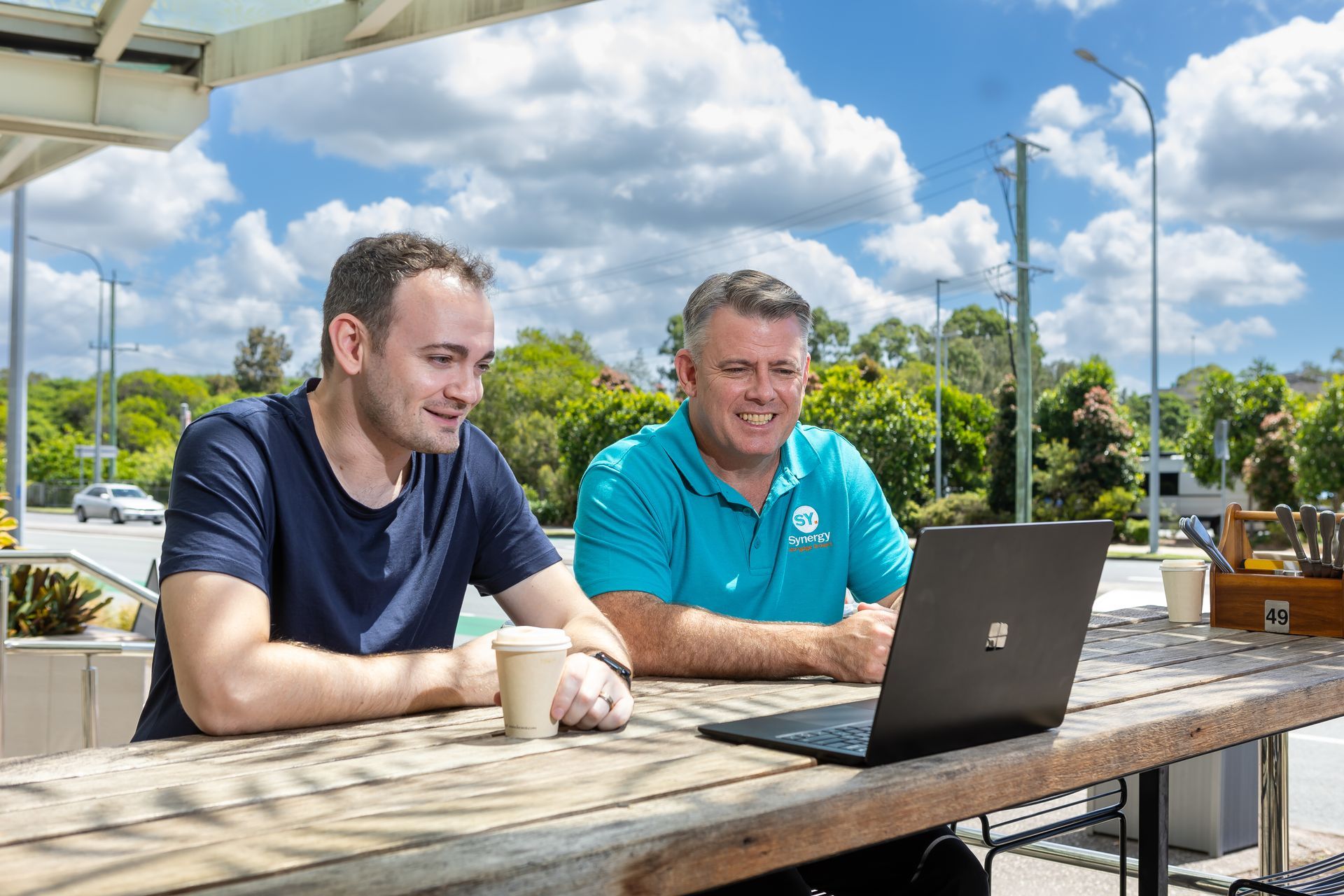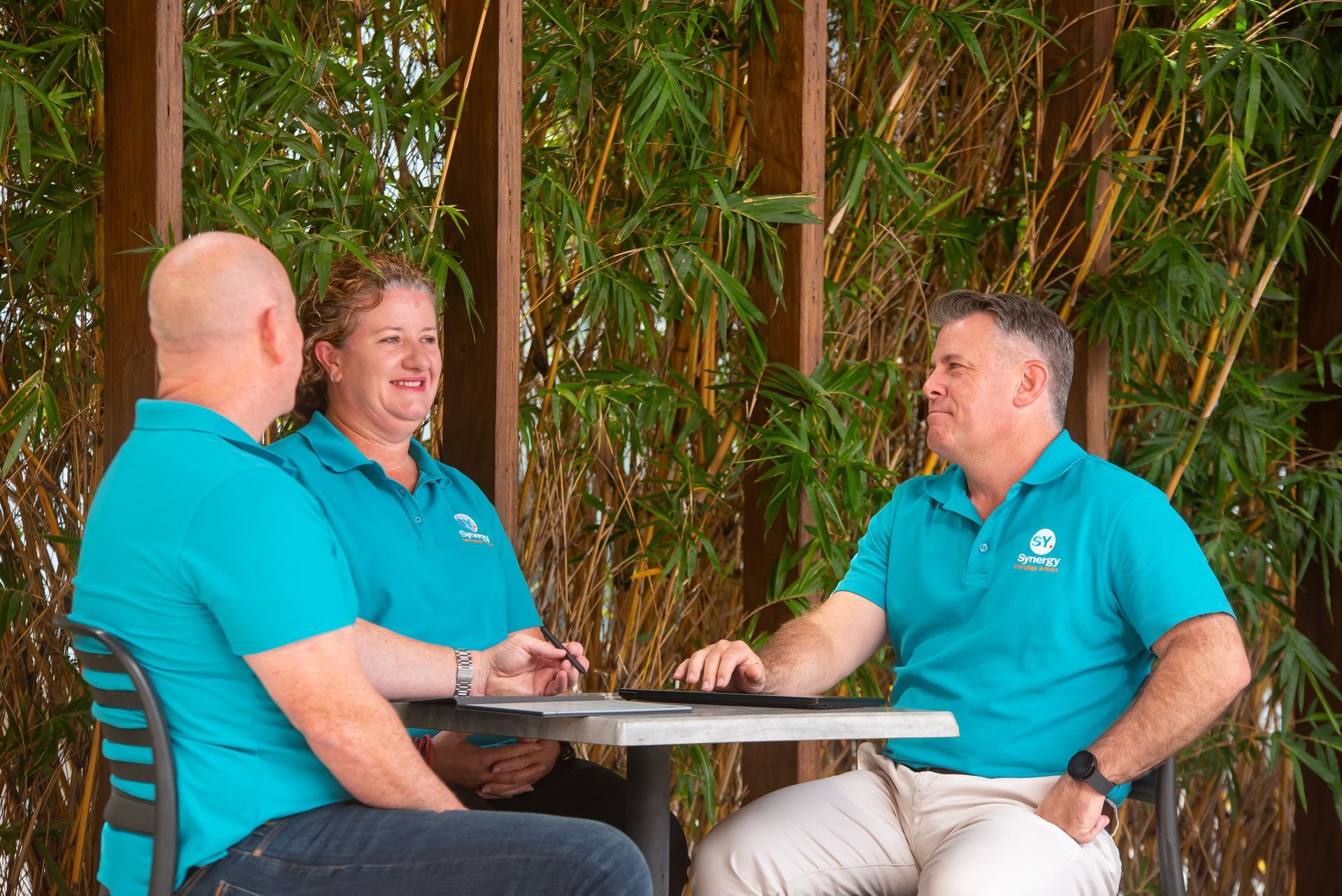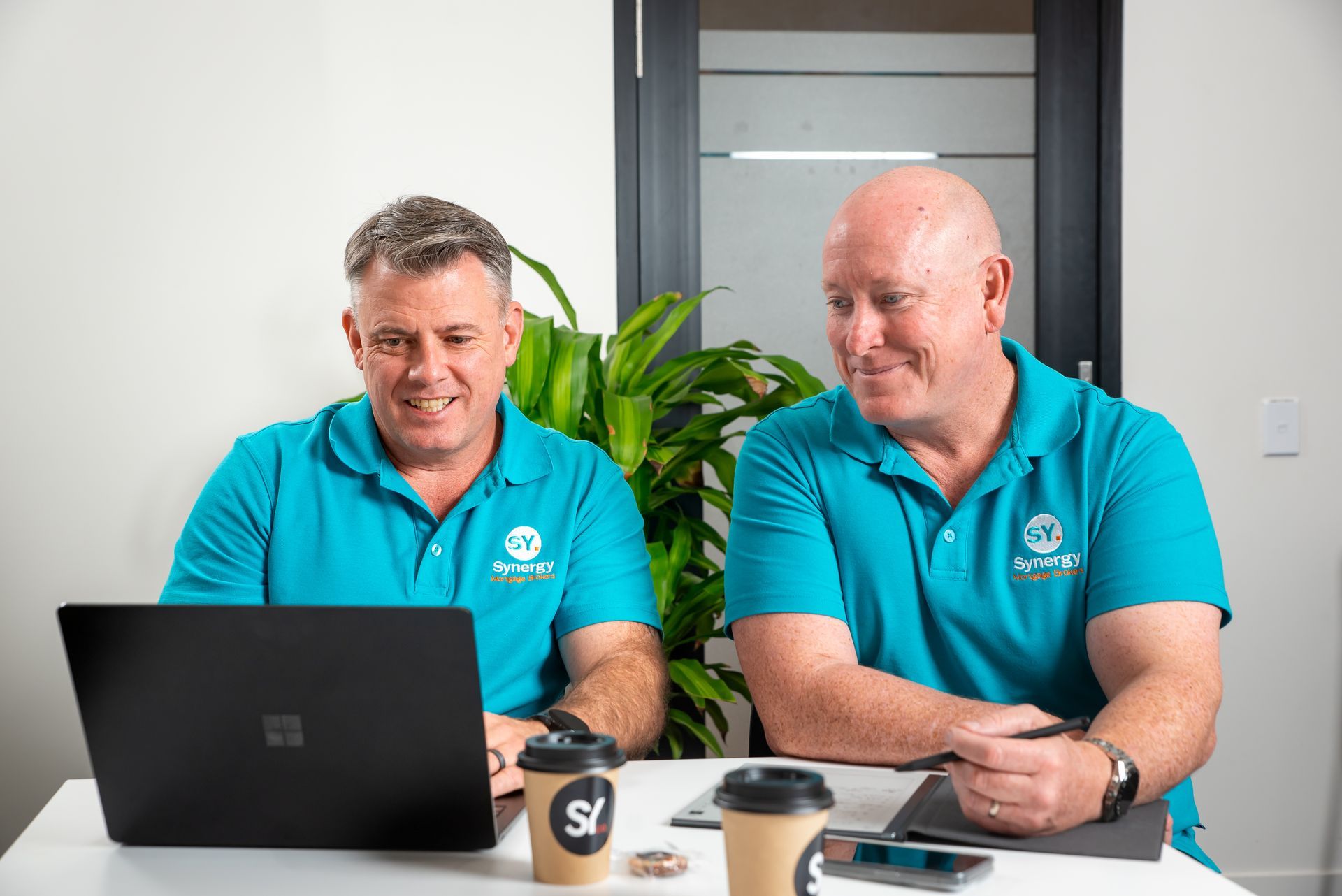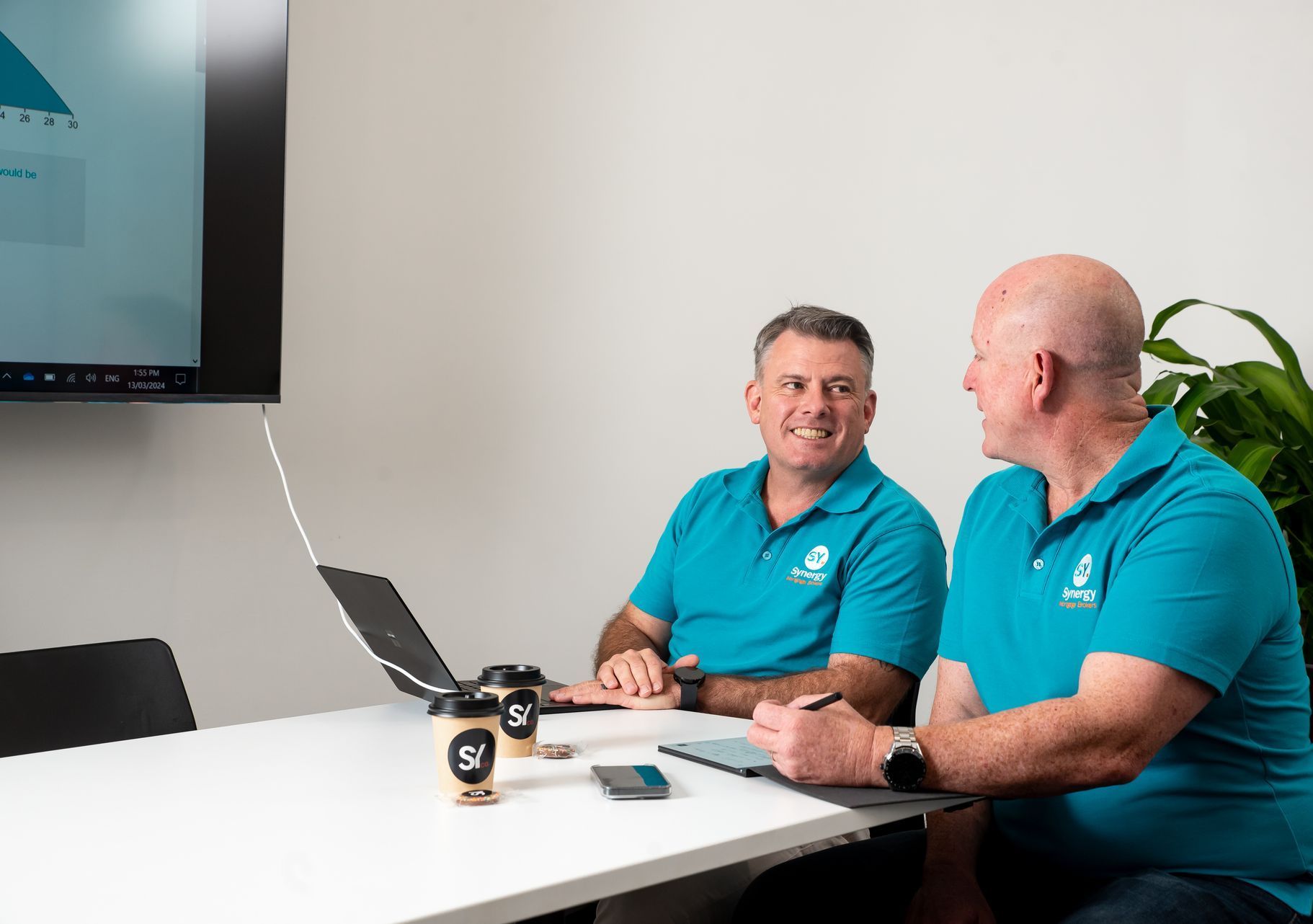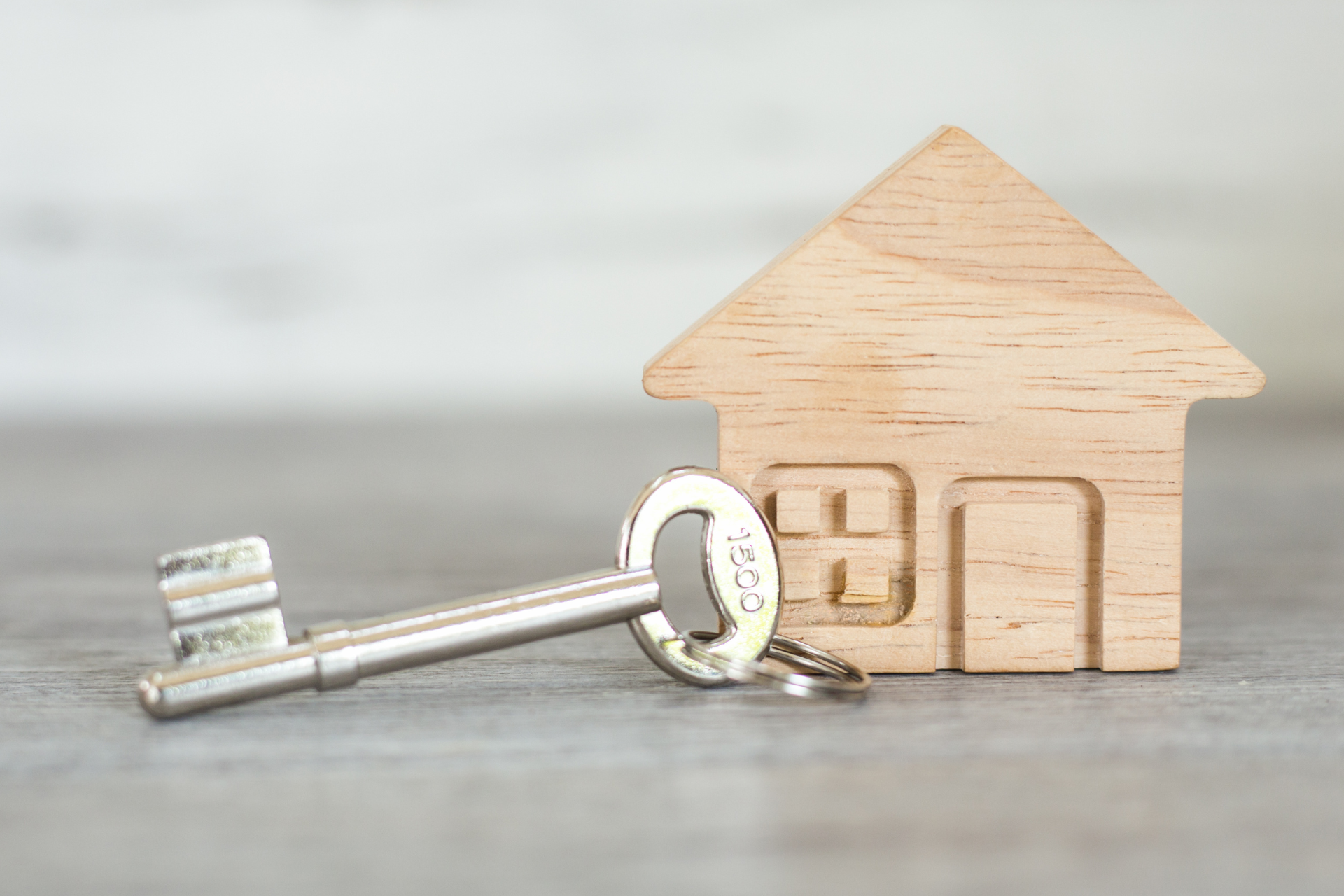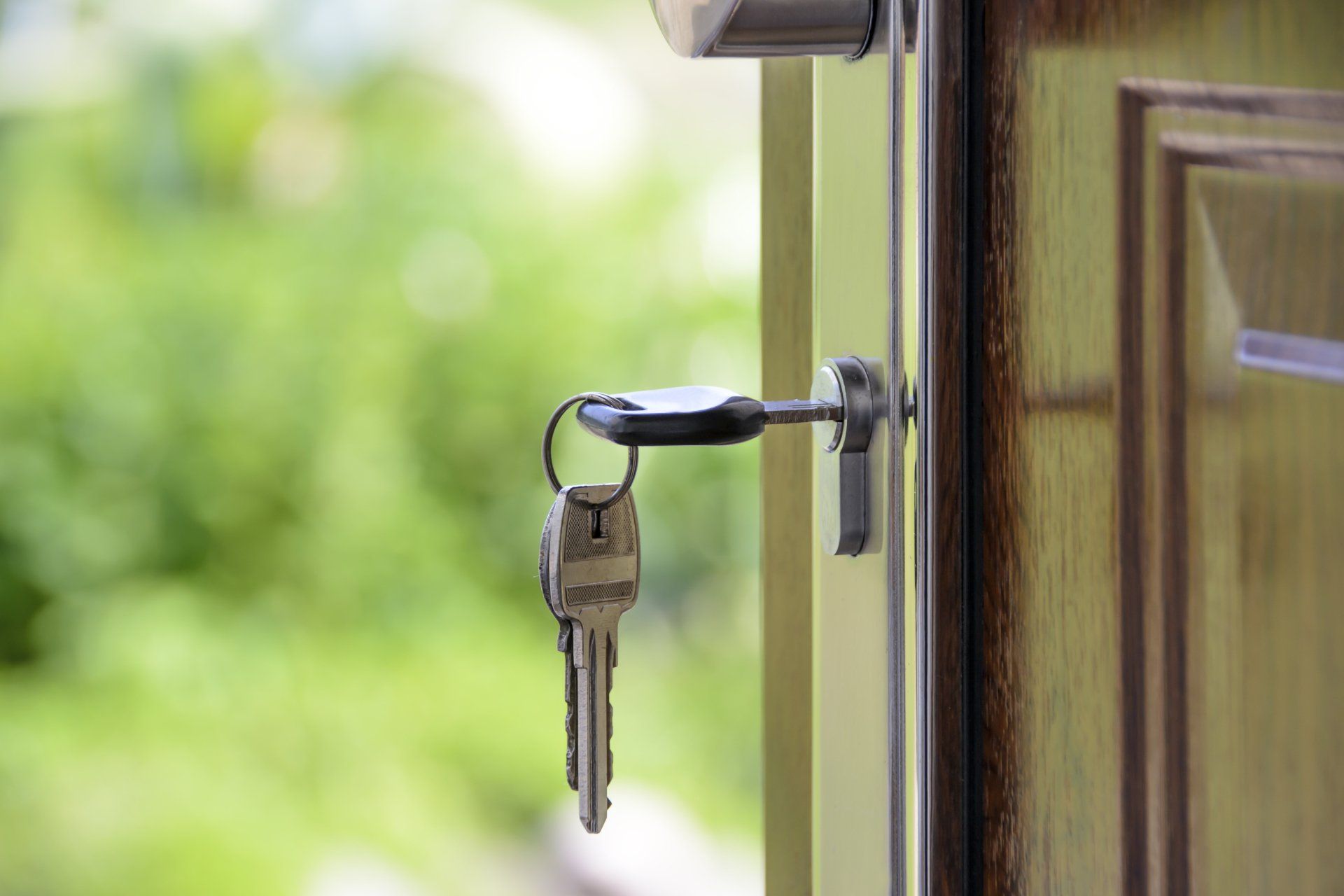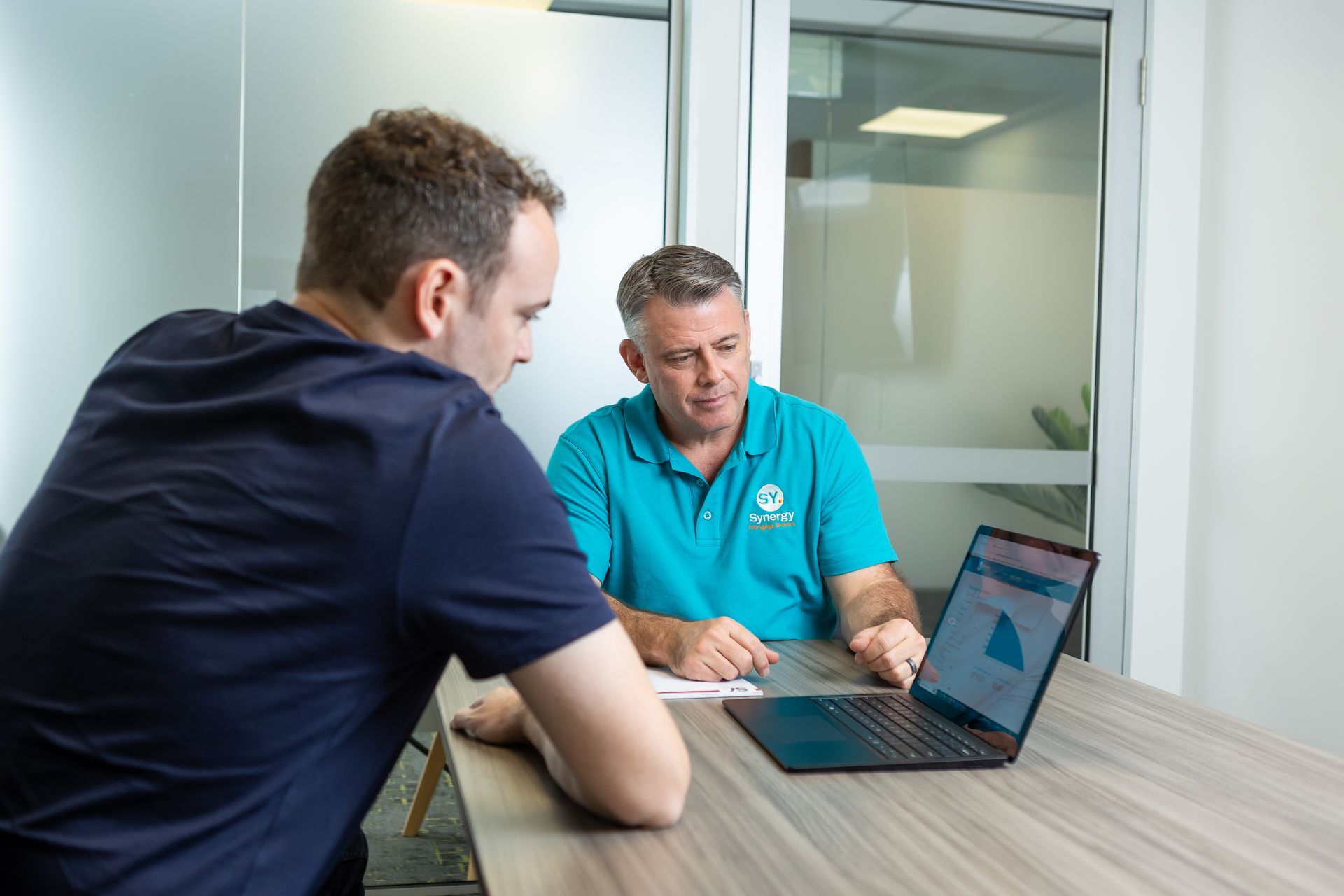
1300 324 588
hello@synergymortgagebrokers.com.au
Level 3, Toowoomba City,
482 Ruthven St, 4350,
QLD, Australia
If you’re looking to build long-term wealth and create a more secure financial future, investing in property can be a practical strategy. One of the most effective ways to kickstart your investment journey is by leveraging the equity you’ve built up in your current home. This is the portion of your home’s value that you truly own, and it can be a powerful tool for expanding your property portfolio.
You might have heard that accessing your home’s equity can help you buy an investment property, but how does that actually work? What steps do you need to take, and how can you make the most of this opportunity?
In this post, we’ll walk you through using equity to buy another property in Australia, including understanding the basics of equity, how to calculate and access it, and the steps involved in leveraging it for your next property purchase.

What Is Equity?
Home equity is the difference between the value of your property and the outstanding debt on your home loan. For example, if your home is valued at $100,000 and you owe $50,000 on your mortgage, your equity is $50,000.
Equity can build up over time as you pay off your loan and as your property’s value increases. This means that the longer you own your home and the more you reduce your loan balance, the more equity you build.
So, if you’ve owned your home for a few years, there’s a good chance you’ve accumulated some equity that you can tap into!
For homeowners, equity can help unlock new financial opportunities. It can be used to fund home renovations, which might increase your property’s value even further. Alternatively, you can leverage your equity to purchase an investment property.
What is Usable Equity?
When discussing home equity, you’ll often come across two key terms: equity and usable equity. While equity represents the overall value you own in your home, usable equity is the portion you can actually access and borrow against.
Calculating usable equity is relatively simple. Start by determining 80% of your property’s current value. Then, subtract the amount still owed on your mortgage.
For example, if your home is valued at $100,000 and you owe $30,000, here’s how you’d work it out:
- Calculate 80% of Your Home’s Value: $100,000 x 0.8 = $80,000
- Subtract Your Mortgage Balance: $80,000 - $30,000 = $50,000
So, in this example, your usable equity would be $50,000.
The Benefits of Using Equity When Buying Property
Leveraging the equity in your home can open up exciting opportunities and offer several benefits when it comes to buying property. Here’s a closer look at some of the benefits:
- Financial Leverage: Using your home equity provides you with substantial capital without having to dip into your savings or investments. This means you can avoid the hassle of saving up for a new down payment and still have the funds needed to seize opportunities or help loved ones enter the property market.
- Investment Growth: Tapping into your equity can also set you on a path to financial growth. It’s a popular strategy in Australia for building wealth, as it allows you to benefit from potential property value appreciation and rental income.
- Tax Advantages: Interest paid on a home equity loan or line of credit used for purchasing an investment property can often be tax-deductible. However, it’s crucial to consult with a financial professional to understand how these tax benefits apply to your specific situation.
6 Key Steps On Using Equity To Buy Property
Leveraging the usable equity can free up funds for a deposit on a new property while using your existing home as security for the new loan. However, the process can seem overwhelming. Here’s a step-by-step process of how you can use equity to purchase another property.
1. Evaluate Your Home Equity
The first step in using your home equity to buy another property is to accurately assess how much equity you currently have. This will give you a clear idea of how much you can potentially leverage for your new property purchase.
To get a precise value, it’s beneficial to get a professional appraisal. They will evaluate your property’s current market value, taking into account recent sales of comparable homes, the condition of your property, and other factors that can influence value.
Knowing the exact worth of your home equips you with crucial information for making informed decisions about your next investment, setting a realistic budget, and planning your financial strategy effectively.
2. Assess Your Borrowing Capacity
Once you have a clear understanding of your home equity, the next crucial step is to assess your borrowing capacity. This process involves evaluating how much you can actually borrow based on equity, income, credit history, and overall financial situation.
It’s important to remember that while you may have enough built-up equity, some lenders may have specific restrictions or conditions that limit the amount you can borrow. In some cases, lenders might even restrict or deny access altogether.
3. Choosing the Best Financing Option
Once you have determined how much you can borrow against your home's equity, it's time to choose the best way to access those funds. You generally have two main options:
- Standalone Equity Drawdown Loan: This is a new supplementary loan, secured by your owner occupied property, that will provide funds for your contribution to purchase the investment property. A common strategy is to drawdown 20%+ costs of the new purchase and then the remaining 80% is financed with a seperate loan that is secured by the new investment property.
- Cross-Secure Loan (Cross-Collateralisation): This strategy involves adding the existing owner occupied property that has useable equity as security/collateral to finance the purchase of the investment property. In this case, there is only one new loan that will be 100% of the purchase price plus costs.
Both strategies are effective but there are considerations that may make one more suitable than the other depending on your long term plans. It is important to discuss your long term plans with your mortgage broker and financial professionals when deciding the best strategy for your situation.
4. Get Your Finances Ready
Before you dive into using your home equity to buy another property, it’s crucial to get your finances and necessary documentation in order. Proper preparation can make a big difference in your loan application process and increase your chances of approval.
Start by collecting all necessary documents. Lenders will require proof of income, which can include recent pay slips, tax returns, or bank statements. You’ll also need detailed records of your financial assets, such as savings account statements, investment portfolios, and other valuable holdings.
It’s also a good idea to speak with a financial advisor or mortgage broker. They can provide valuable insights into your financial situation and help you prepare a solid loan application. They can also offer advice on how to improve your financial standing before applying, ensuring you get the best possible loan terms.
5. Apply for Pre-Approval
After you have decided between a standalone equity drawdown loan or cross securing your existing home and organised your finances, the next step is to get pre-approved for your chosen option.
Read More: Everything You Need To About Pre-Approvals
6. Find and Purchase Your New Property
With your financing in place, it's time for the exciting part - finding the right property! During your search, consider your goals for the new property. Are you looking for an investment property to generate rental income, a holiday home, or a new home for family to move into? This will help narrow down your search and find the perfect property for your needs.
As you evaluate potential properties, pay close attention to key factors such as location, property condition, and amenities. Check for any issues that might affect your decision, such as needed repairs or undesirable features. If you’re looking at rental properties, be sure to look at the potential rental yield (the annual rental income expressed as a percentage of the property’s purchase price.)
Factors To Consider When Using Equity For Property
Investing in property using your home equity can be a smart financial move, but, as with any investment, it has its own risks and considerations. Here are the main factors to consider:
- Increased Debt and Loan Term: Refinancing your current home to access equity increases the debt on your existing mortgage, which often extends the term of your loan as well. This means you may end up paying more interest over a longer period.
- Risk of Over leveraging: Over leveraging your home equity can lead to financial strain if property values decline or interest rates rise.
- Financial Strain: Only invest if you’re confident you can handle the repayments on both loans, especially in the short term. Ensure you have a clear understanding of your financial situation and how the additional debt will impact your budget.
- Need for Professional Advice: Navigating home equity can be complex and without professional guidance it can lead to costly mistakes. Be sure to consult with a mortgage broker to help you understand the risks, explore options, and tailor strategies to your specific financial needs.
Making the Most of Your Home Equity
By understanding the concept of equity, evaluating your usable equity, and considering your financing options, you can set yourself up for a successful investment. However, it's crucial to weigh the potential risks and considerations to ensure you’re fully prepared before diving in.
Ready to Explore Your Home Equity Options? Synergy Mortgage Brokers is here to help. Our experienced team can guide you through the process, assess your borrowing capacity, and find the best financing options for your needs. Contact us today to schedule a consultation and take the first step towards expanding your portfolio.
Subscribe Today!
Stay in the loop - subscribe to our newsletter for the latest trends and insights.
Phone: 1300 324 588
Email: info@synergymortgagebrokers.com.au
Address: Level 3, 482 Ruthven St, Toowoomba City, QLD, 4350
Tower 2, Level 5/55 Plaza Parade, Sunshine Coast, QLD, 4458

